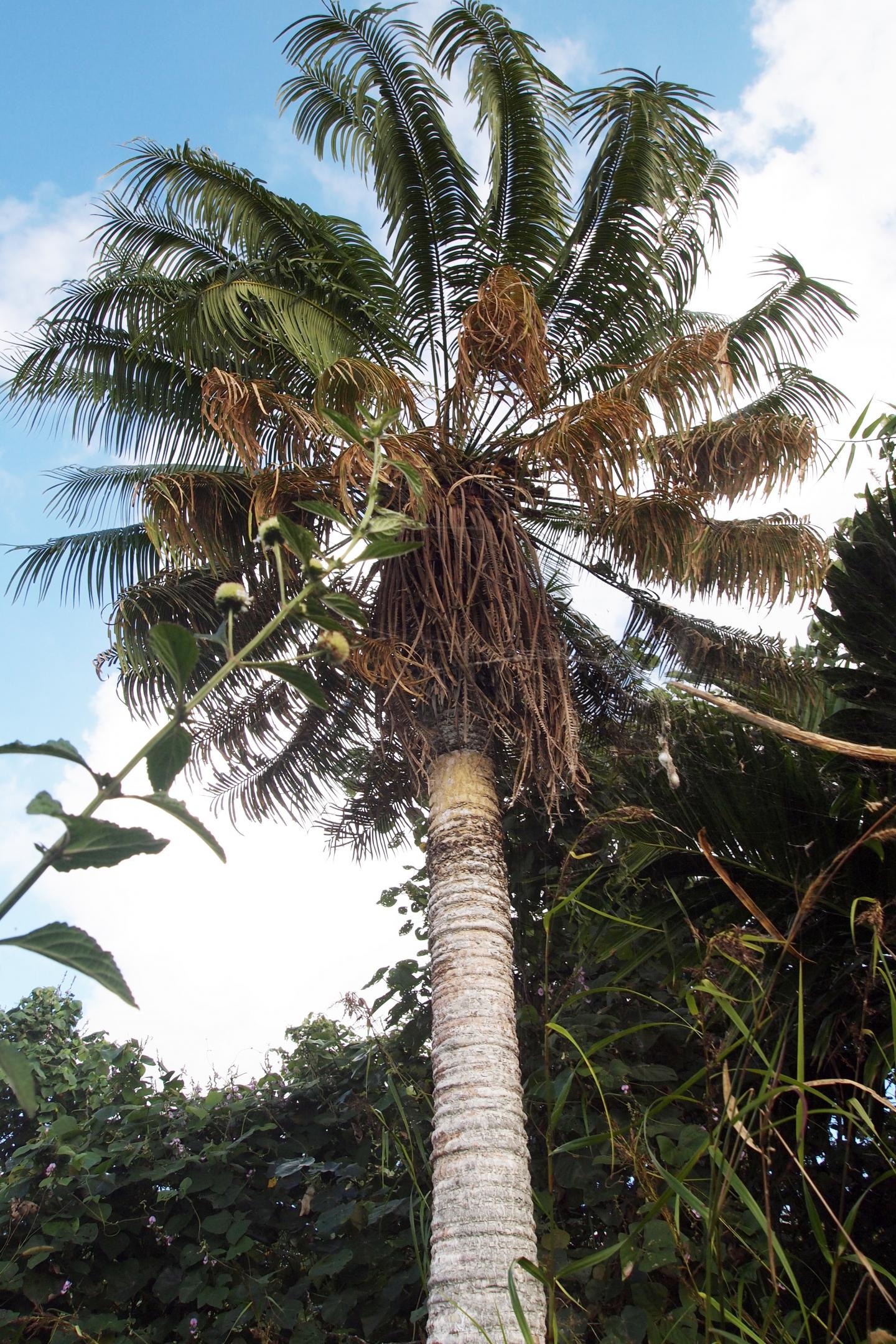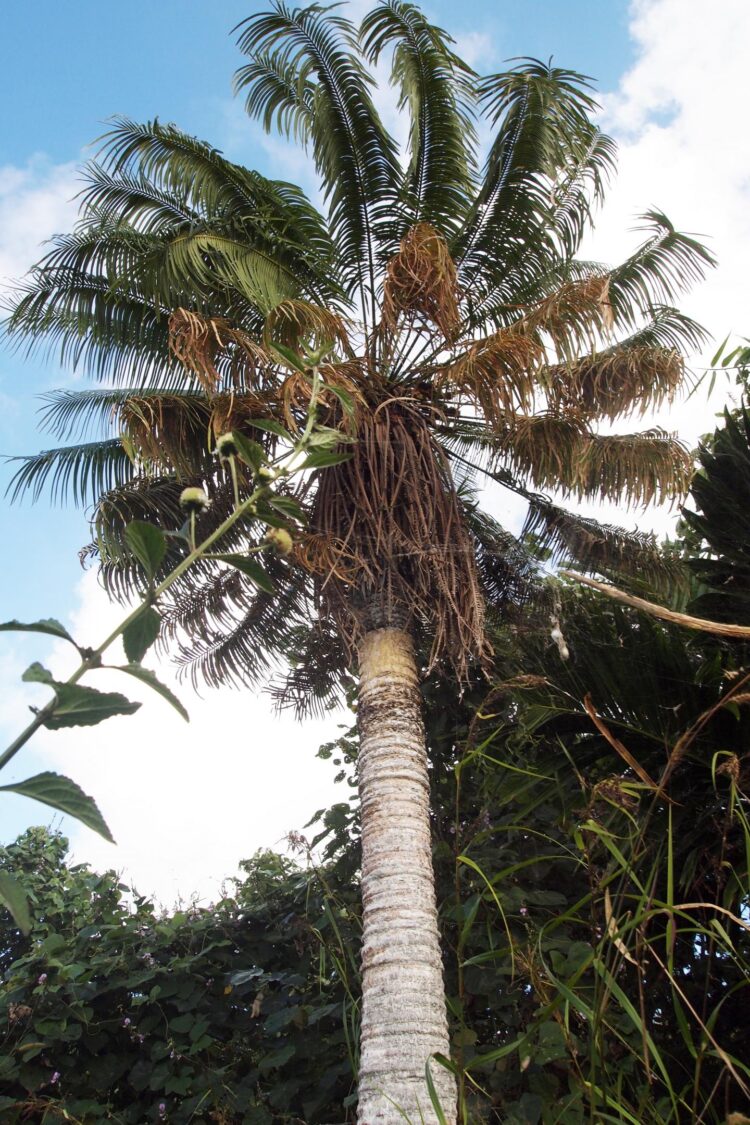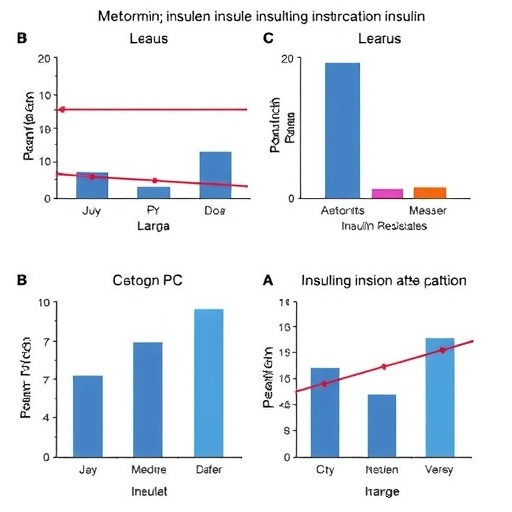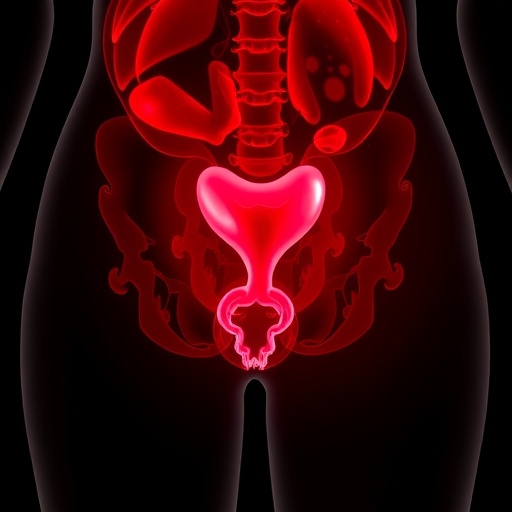Conservation measures across multiple governments and countries necessary to mitigate extinction risks

Credit: University of Guam
Geopolitical boundaries can have a profound effect on the protection of threatened species. A case in point is the native cycads of the United States. A recent review paper written by researchers at the Western Pacific Tropical Research Center at the University of Guam highlights extinction risks of cycad species that occur in U.S. controlled lands and the profound effect geopolitical boundaries has had on the protection of these threatened species. The paper appears in the December 2020 issue of the MDPI journal Diversity.
Cycads are the most threatened plant order worldwide. This is due to a combination of factors including habitat loss, poaching predation by invasive species, and lack of appropriate conservation measures. As a native habitat for this most endangered group of plants in the world, the United States has a responsibility to protect members of this group from extinction.
Species arise over time via several mechanisms. One of these mechanisms is called allopatric speciation, which is separation and isolation through geological time. The eventual result is a distinct species that is different from the original population. This is especially true for islands where plants and animals are isolated and evolve without defenses from plants and animals that do not occur naturally in their environment.
Since the dawn of the Anthropocene, humans have made attempts to classify life based on a hierarchy. Additionally, countries have been established and each country has unique laws pertaining to the conservation of nature. The United States is one such country with a rich history of geopolitical expansion. Over time, U.S. geopolitical changes have altered the number of cycad species that come under U.S. political purview. There are presently five cycad species that come under U.S. jurisdiction: Zamia integrifolia in the Southern United States; Zamia erosa, Zamia pumila, and Zamia potoricensis in Puerto Rico; and Cycas micronesica in Micronesia.
The only cycad species endemic to Micronesia, Cycas micronesica, is listed as “threatened” by the U.S. Fish and Wildlife service and “endangered” by the International Union for Conservation of Nature. Once the most abundant tree in Guam forests, the Cycas micronesica has drastically declined in number since the accidental introduction of several invasive insects to Guam. Additionally, extinction of this cycad would constitute the loss of the only native gymnosperm in the region. Due to the shifting geopolitical designations, this cycad is found within four different political entities.
The authors highlight that species were distinct long before geopolitical boundaries were erected. For example, saying that these are “U.S. cycads” is purely a human distinction. Furthermore, the classification of life into a hierarchy is an anthropogenic attempt to understand biology.
“As taxonomy changes in light of new morphological and genetic evidence, the need becomes clear to use the best available science to inform conservation efforts. Coordinating conservation measures across multiple governments and countries often presents unique challenges but is necessary to mitigate extinction risks,” said Benjamin Deloso, a cycad specialist at UOG.
###
Media Contact
Jonas Macapinlac
[email protected]
Related Journal Article
http://dx.





